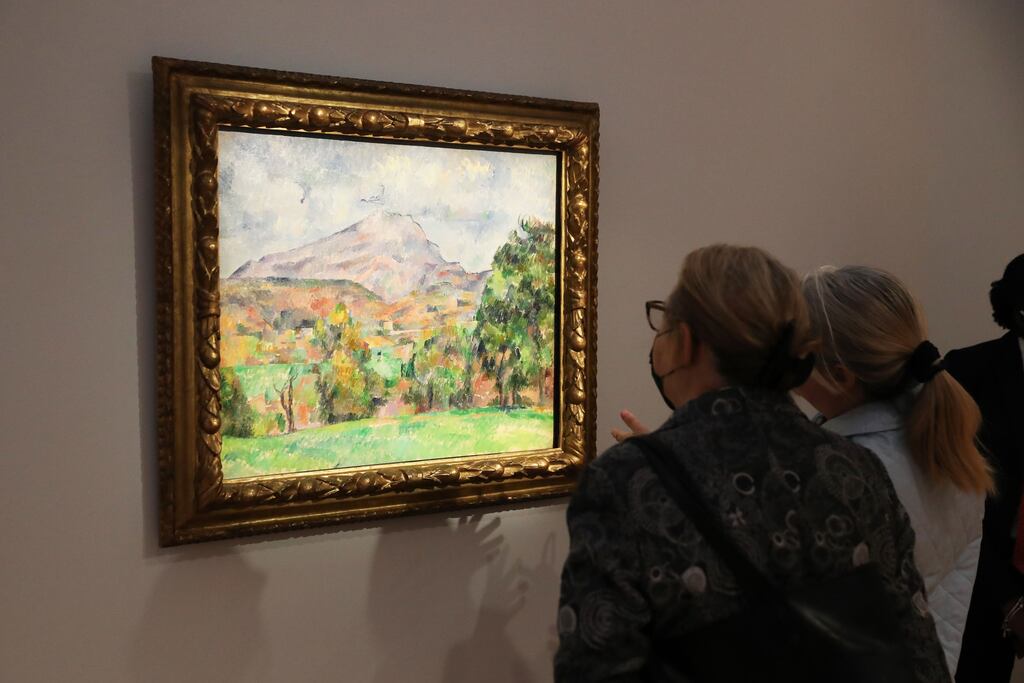The vast private art collection of the late Microsoft co-founder Paul Allen is expected to fetch a record-breaking $1 billion (€1 billion) when it is auctioned next week.
The collection of more than 150 masterpieces includes Georges Seurat’s Les Poseuses, Ensemble (petite version) and Paul Cézanne’s landscape La Montagne Sainte-Victoire, which are both expected to sell for more than $100 million, and Gustav Klimt’s 1903 work Birch Forest, which has an auctioneer’s estimate of $90 million.
The collection, which is being sold by Christie’s in New York over two nights next week, also includes works by Botticelli, Renoir, David Hockney, Roy Lichtenstein, Francis Bacon, Lucian Freud, and JMW Turner.
Allen personally selected all the works, which span more than 500 years, rather than relying on an art buyer to pick them out as some billionaires do.
“When you look at a painting you’re looking into a different country, into someone else’s imagination, how they saw it,” Allen said of his collection when some of his works went on show in 2016.
Christie’s said the sale was “poised to be the largest and most exceptional art auction in history”, eclipsing the $922 million achieved by the sale of the Macklowe collection in May, after the divorce of the property tycoon Harry Macklowe from his wife, Linda.
All the proceeds will be donated to charity, as was stipulated by Allen, who died in 2018 aged 65 from complications of non-Hodgkin lymphoma.
In 2010, when he was the 37th richest person in the world, with an estimated worth of $13.5 billion, Allen pledged to leave the majority of this fortune to charity.
The Paul G Allen Family Foundation invests mostly in communities across the Pacific Northwest – Allen was from Seattle – with a focus on regional arts, underserved populations and the environment.
Allen, who cofounded Microsoft in 1975 with his childhood friend Bill Gates, donated more than $2.5 billion during his lifetime towards helping to save endangered species, funding bioscience and new technology research and funding projects to explore the ocean floor. – Guardian










